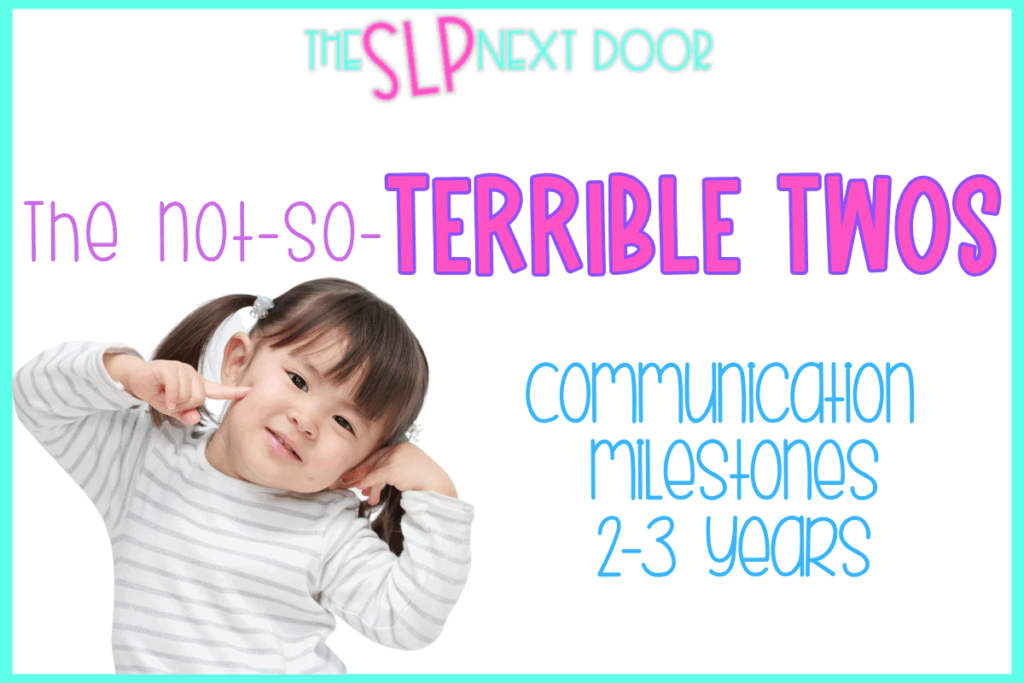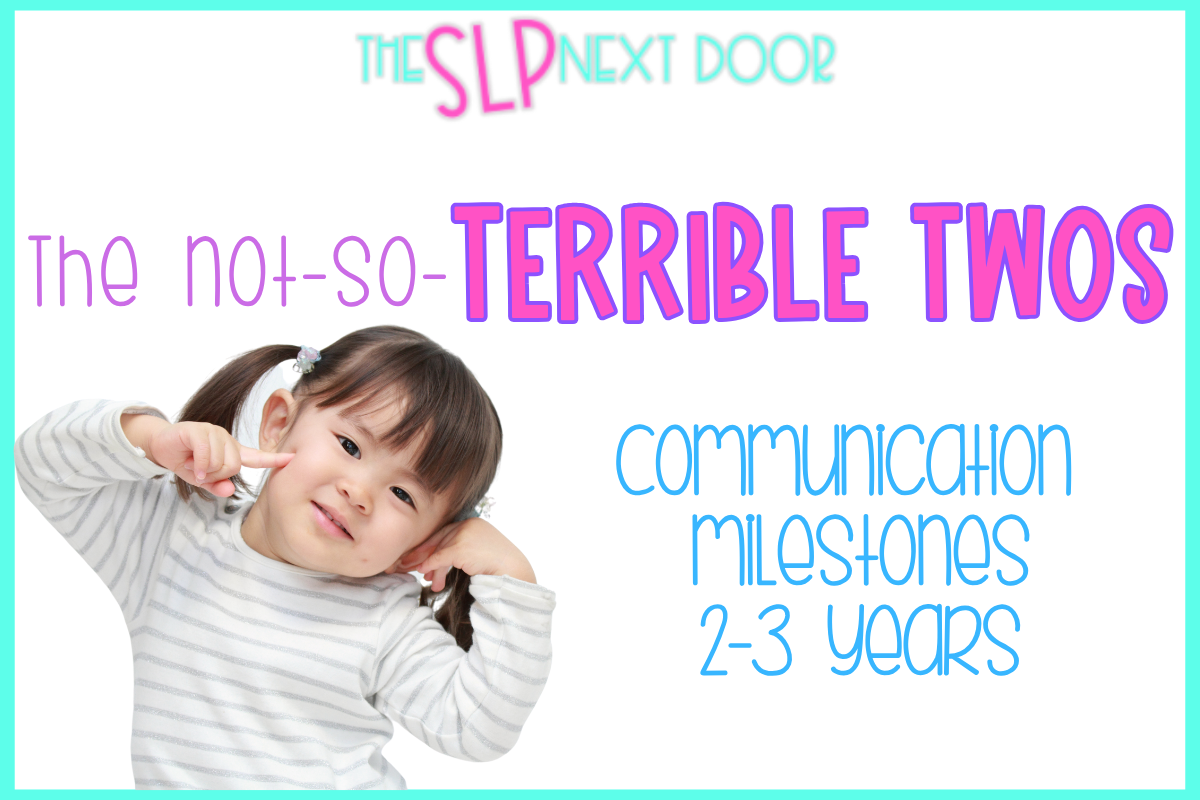
Navigating the Terrible Twos: Understanding and Managing Toddler Tantrums
The “terrible twos” – a phrase dreaded by many parents, yet a perfectly normal stage of child development. It marks a period of significant growth and exploration for toddlers, often accompanied by increased frustration and, yes, those infamous tantrums. Understanding what’s behind this challenging phase and learning effective strategies for managing it can make all the difference for both parents and children. This article will delve into the reasons behind the terrible twos, offering practical advice and coping mechanisms to help families navigate this developmental milestone with greater ease and confidence.
What Are the Terrible Twos?
The term “terrible twos” describes a period, typically between the ages of 18 months and 3 years, when toddlers exhibit increased defiance, frustration, and emotional outbursts. While it’s often associated with the age of two, it can start earlier or last longer for some children. This phase is characterized by frequent tantrums, resistance to rules, and a general sense of independence that often clashes with parental expectations. It’s important to remember that this behavior isn’t a sign of bad parenting or a “difficult” child; it’s a natural part of their development as they strive for autonomy.
Why Do the Terrible Twos Happen?
Several factors contribute to the terrible twos, all stemming from a toddler’s rapidly developing brain and limited communication skills:
- Desire for Independence: Toddlers are discovering their own agency and want to do things their way. They want to choose their clothes, feed themselves, and explore their surroundings independently. When their attempts at independence are thwarted, frustration ensues.
- Limited Language Skills: Toddlers’ vocabulary is still developing, and they may not have the words to express their feelings or needs effectively. This communication gap can lead to frustration and tantrums when they can’t articulate what they want.
- Developing Emotional Regulation: Toddlers are still learning how to manage their emotions. They experience intense feelings but lack the cognitive abilities to regulate them effectively. This can result in sudden and dramatic emotional outbursts.
- Testing Boundaries: Toddlers test boundaries to understand the rules and expectations of their environment. They may intentionally disobey or push limits to see how their parents will react.
- Cognitive Development: Their brains are rapidly developing, leading to new thoughts, ideas, and desires that they aren’t yet equipped to handle.
Recognizing the Signs of the Terrible Twos
The signs of the terrible twos can vary from child to child, but some common indicators include:
- Frequent Tantrums: These can manifest as crying, screaming, hitting, kicking, or throwing themselves on the floor.
- Defiance: Refusing to follow instructions or cooperate with requests.
- Negativism: Saying “no” to almost everything.
- Emotional Outbursts: Experiencing sudden and intense mood swings.
- Difficulty Sharing: Struggling to share toys or attention with others.
- Attention-Seeking Behavior: Engaging in behaviors designed to get attention, whether positive or negative.
Strategies for Managing the Terrible Twos
While the terrible twos can be challenging, there are many effective strategies parents can use to manage this phase and help their children develop healthy coping mechanisms:
Prevention is Key
Preventing tantrums is often easier than dealing with them once they’ve started. Here are some preventative measures:
- Provide Choices: Offer toddlers choices whenever possible to give them a sense of control. For example, “Do you want to wear the blue shirt or the red shirt?”
- Establish Routines: Consistent routines provide structure and predictability, which can reduce anxiety and frustration.
- Give Warnings: Before transitioning to a new activity, give toddlers a warning so they have time to prepare. For example, “In five minutes, we’re going to put away the toys and get ready for lunch.”
- Avoid Overstimulation: Be mindful of situations that may be overstimulating for your child, such as crowded places or long car rides.
- Ensure Adequate Rest and Nutrition: Tired and hungry toddlers are more likely to have tantrums. Make sure they get enough sleep and eat regular, healthy meals.
Responding to Tantrums
When a tantrum does occur, here’s how to respond:
- Stay Calm: It’s crucial for parents to remain calm during a tantrum. Getting angry or yelling will only escalate the situation.
- Ensure Safety: Make sure your child is in a safe environment and not at risk of hurting themselves or others.
- Ignore the Behavior: If the tantrum is simply attention-seeking, ignoring it may be the most effective approach. Avoid giving in to their demands, as this will reinforce the behavior.
- Acknowledge Feelings: Once the tantrum subsides, acknowledge your child’s feelings. For example, “I know you were frustrated because you wanted the toy.”
- Offer Comfort: Provide comfort and reassurance after the tantrum. A hug or a few kind words can help your child feel safe and secure.
- Use Time-Outs: Time-outs can be an effective way to help a child calm down and regain control. Choose a quiet, safe place for the time-out, and keep it short (usually one minute per year of age).
Promoting Positive Behavior
Focusing on positive reinforcement can encourage desirable behavior:
- Praise Good Behavior: Catch your child being good and offer specific praise. For example, “I really appreciate how you shared your toys with your friend.”
- Use Positive Language: Instead of saying “Don’t run,” try saying “Please walk.”
- Offer Rewards: Small rewards, such as stickers or extra playtime, can motivate children to behave appropriately.
- Model Good Behavior: Children learn by observing their parents. Model the behavior you want to see in your child.
When to Seek Professional Help
While the terrible twos are a normal developmental stage, there are times when it’s appropriate to seek professional help. Consult a pediatrician or child psychologist if:
- Tantrums are excessively frequent or intense.
- Tantrums involve self-harm or aggression towards others.
- Tantrums interfere with daily activities or relationships.
- You are concerned about your child’s overall development.
The Light at the End of the Tunnel
The terrible twos can be a challenging time for parents, but it’s important to remember that it’s a temporary phase. With patience, understanding, and consistent strategies, you can help your child navigate this developmental milestone and emerge stronger on the other side. Remember that every child is different, and what works for one child may not work for another. Experiment with different approaches and find what works best for your family. [See also: Positive Parenting Techniques] And most importantly, remember to take care of yourself. Parenting a toddler can be exhausting, so make sure you’re getting enough rest, eating healthy, and taking time for yourself to recharge. The terrible twos will eventually pass, and you’ll be left with a more independent and capable child.
Ultimately, navigating the terrible twos is about understanding your child’s developmental needs and providing them with the support and guidance they need to learn and grow. By staying calm, consistent, and loving, you can help your child develop healthy emotional regulation skills and emerge from this phase with greater confidence and independence. The terrible twos are a challenging but ultimately rewarding part of parenthood, a testament to the incredible growth and development that happens in these early years.

